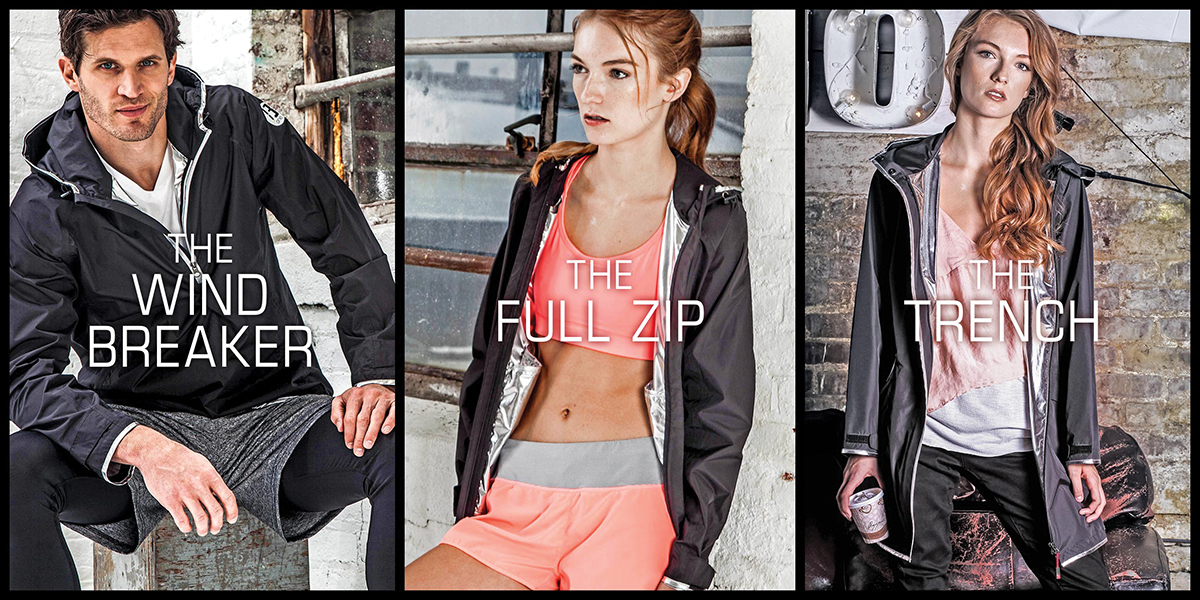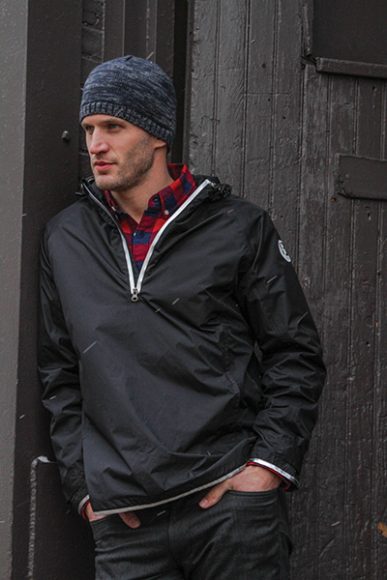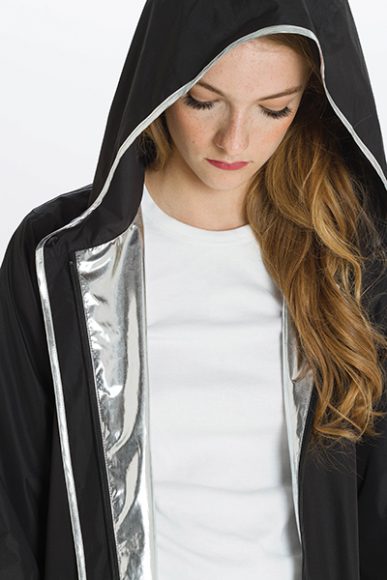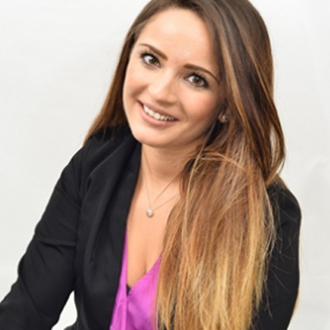When Hemlata Nambiar finished her first marathon, she found a silver lining.
Or, rather, it found her.
After completing the More Marathon in 2009 — a race held in Central Park by the former More Magazine — the Larchmont resident was wrapped in a heatsheet, a thermal blanket used to regulate the body temperature of runners gradually, post finish.
For some, the shiny material offers relief, but for Nambiar, it would eventually signify opportunity. Years later, she’d question why this material, which NASA uses to insulate its spacesuits and the military uses to conduct rescue operations, hadn’t yet been used in day-to-day outerwear.
In 2016, she created the answer. Inspired by her passion for running Nambiar launched 13-One, a company that uses NASA-developed heatsheet technology to create lifestyle products. Thus far, her first collection, which has been on the market for six months, boasts silver-lined, unisex jackets, all of which weigh less than one pound, are water resistant and retain 90 percent of body heat to suit the lifestyle of athletes, outdoorsmen, jetsetters and on-the-go moms, much like her.
“It’s kind of an old technology that I kicked up a notch,” Nambiar says. Wearing a pale pink sweater that complements her skin tone, she explains the ins and outs of the heatsheet, her eyes aglow with enthusiasm.
When a marathon takes place in cold weather, she says, runners are at risk for hypothermia, since their body temperatures can drop drastically, post-race. The heat sheet, which was created by NASA in the 1960s to insulate its spacecraft and spacesuits, is a thin, plastic, sheet coated with a silver or gold reflecting agent, designed to retain heat. In the 1970s, it became customary to comfort runners with these sheets, post marathon, until they changed clothes.
“How the technology works is that when you start walking or moving, your body heats up, so (the material) collects that energy and sustains it,” she says. “Depending on your body temperature — some people are always hot, some people are always cold — it regulates to you, in terms of what you’re producing.”
There was only one problem: The heatsheets at marathons are for one-time use. Determined to find a solution, Nambiar contacted Heatsheets, the flagship brand of Advanced Flexible Materials, which manufactures reflective insulation fabrics, to discuss the possibility of a fabric form of the material. This call led to the creation of a patent-pending fabric, which Nambiar now uses to design her jackets.
“They’re packable, making them perfect for frequent travelers, outdoors lovers and even college kids — because college kids do not like to take umbrellas,” says the mother of three — ages 20, 17 and 16 — with a smile.

Prior to launching 13-One — its name comes from 13.1, the number of miles in a half-marathon — Nambiar began handcrafting accessories, such as ponchos and necklaces. Looking to grow her business, she applied to Goldman Sachs’s 10,000 Small Businesses program, which is a $500 million initiative created in partnership with the Tory Burch Foundation to help prepare the nation’s early stage, small businesses for success. Nambiar was accepted and participated in a course held at LaGuardia Community College in Long Island City, from October 2016 to February 2017.
It was here that her initial business idea was transformed.
“I completely pivoted from the ponchos and the necklaces and the scarves, because every assignment in the class was asking who I was and what I did. I was always outdoors at my kids’ baseball and soccer games. And I didn’t like traveling with big coats,” she says. “I always think that if you solve for yourself, you’ll know the ins and outs of what works and what doesn’t.”
While brainstorming, Nambiar was immediately brought back to that moment of crossing the finish line in 2009. Not only because of the heart-thumping adrenaline, but also because of the milestone it represented in her life. This was Nambiar’s first race after undergoing two massive surgeries due to a ruptured diaphragm and a collapsed lung, followed by three years of physiotherapy.
“I was young, and I thought for those years, ‘What if I can’t play with my kids? What if I can’t be athletic again?’” Nambiar says. “Crossing that finish line was just this moment of sheer happiness and being wrapped in this silver, glittery blanket made it even more special, and seeing 5,000-plus other women running with you and inspiring you with every mile, it’s an incredible thing.”
This past October, 13-One was featured on MSNBC’s “Elevator Pitch,” a short TV segment that gives upcoming businesses the opportunity to discuss their products. She has also since become a member of Alley to the Valley, a network of powerful businesswomen across the country.
“These women have helped me along the way,” she says, speaking of the women she’s met, both inside and outside of the network. “When you take your business in that way, it’s not about competition. It’s that if you open one door for someone, they’ll open it for you. I feel, right now, that women working together is like a big family.”
For the summer months, Nambiar hopes to create baseball caps and beach hats that do the opposite of her jackets — help keep the wearers cool. She explains that when the silver lining is placed on the exterior of a garment, it deflects sunrays, reflecting heat, rather than retaining it.
And it seems like nothing will inhibit her determination. Nambiar’s roots, after all, stem from Gujarat, an Indian state known for its culture of dedicated workmanship.
“I feel like being Indian gives me my work ethic,” says Nambiar, who was born and raised in Canada. “Working hard and never taking shortcuts. Being an American is about the idea that whatever you dream and aspire to, you can do it here. The Canadian aspect keeps me humble. I am so thankful for every door that’s opened and I’ll never forget who’s opened those doors for me.”
13-One products are available online or at Parkers at 43 Purchase St. in Rye. For more, visit 13-one.com.



